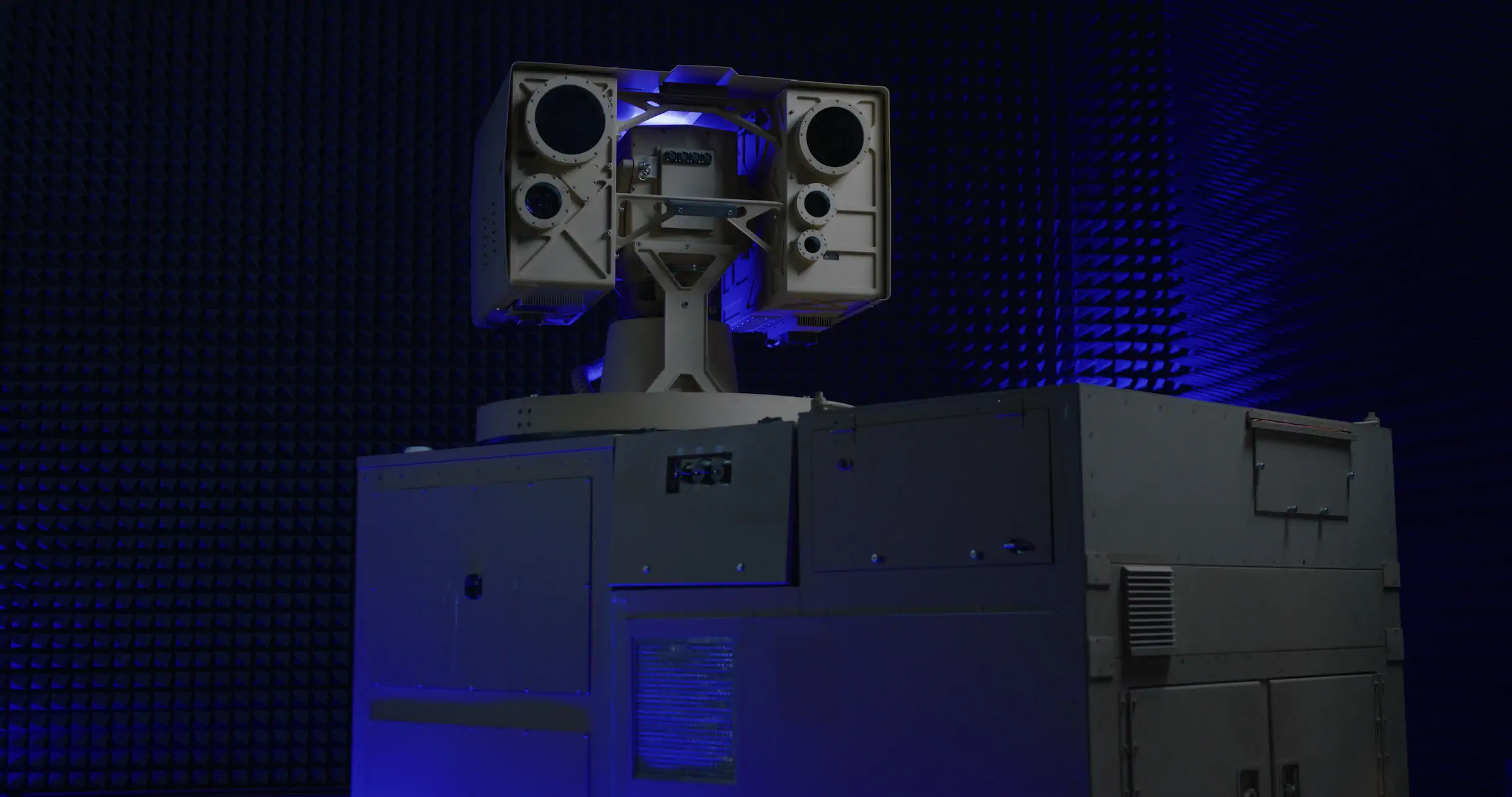
US Army Invests $96 Million in New Missile to Tackle Growing Drone Threat
The Drone Hunter’s Gambit: Inside the Army’s $96 Million Bid to Dominate the Drone Wars
HUNTSVILLE, Ala. – In a spotless, humming lab deep in Alabama, far from the chaos of Ukraine’s trenches or the tense waters of the Red Sea, the U.S. Army has placed a daring bet. The wager—just shy of $96 million—is that a sleek, rocket-powered missile called the “Freedom Eagle” can solve one of modern warfare’s nastiest riddles: how to stop skies swarming with cheap, lethal drones without burning through billions.
This isn’t just another line in the Pentagon’s massive budget. It’s an admission that America’s once-unmatched air defenses, built for dogfights with jets and intercepting long-range missiles, are struggling to keep pace with an era of $20,000 drones. Every time a multi-million-dollar Patriot missile takes down a bargain-bin quadcopter, the math of war grows more absurd—and more dangerous.
Enter the Army’s Long-Range Kinetic Interceptor program. The Freedom Eagle, built by defense innovator AeroVironment (AV), aims to fill a gaping hole in U.S. defenses. It’s a hard-hitting “kinetic” weapon—a missile meant to physically destroy incoming drones when electronic jamming and laser weapons fall short.
“FE-1 strengthens our air defense arsenal with an urgently needed kinetic C-UAS solution,” said Jimmy Jenkins, an AeroVironment executive vice president. Behind his corporate calm lies urgency. The company is racing to deliver this weapon “to the frontlines” before the next crisis makes America’s vulnerabilities impossible to ignore.

A Sky Crawling with Threats
The Freedom Eagle’s story began with the burning wreckage of modern battlefields. In Ukraine, soldiers now glance upward with dread, scanning for Russian and Iranian-made drones that hover for hours before plunging down like vultures. In the Red Sea, U.S. destroyers have turned into shooting galleries, firing missiles worth millions at Houthi drones that cost about as much as a used sedan.
This new reality has left the Pentagon staring at what strategists call a “capability cliff.” Old systems are overkill—too costly, too complex—for the nimble, multiplying threats above. A RAND study in 2025 found that 70% of successful drone kills in Ukraine came from physical impacts, not fancy jamming. Drones have gotten smarter. They’re shrugging off electronic interference like it’s background noise.
“We were throwing diamonds at rocks,” admitted a senior Pentagon official who asked not to be named. “Now we need smarter rocks of our own.”
That’s where the Freedom Eagle comes in. Built with a solid dual-thrust rocket motor, it launches fast, hits hard, and can track drones across long distances. Designed to target medium-to-large drones—classified as Groups 2 and 3—it’s expected to cost somewhere in the low six figures. That’s a game-changer compared to the millions spent on each Stinger or Patriot missile.
For AeroVironment, this contract is more than a business win—it’s validation. Known for the Switchblade “kamikaze” drone, AV recently spent $4.1 billion acquiring BlueHalo, expanding from drone maker to full-fledged drone slayer.
“This proves their strategy works,” said one defense industry analyst. “They’re not just selling arrows anymore. They’re selling the whole quiver—lasers, jammers, and now a missile that can actually kill drones. AV is becoming the one-stop shop for modern air defense.”
Agility vs. The Old Guard
The deal has sent ripples through the defense world. With it, the Army is signaling that it wants more competition—and less dependence on legacy giants like Raytheon, whose Coyote interceptor currently dominates U.S. drone defenses. While Raytheon’s systems are still locked in with $5 billion in Army commitments through 2033, Freedom Eagle’s entry changes the game.
“The Pentagon is hedging its bets,” the analyst explained. “They saw how fast the war in Ukraine evolved. They can’t afford to stay tied to a single vendor for ten years anymore.”
Still, the road from prototype to production is full of potholes. The defense world has seen this movie before: rushed programs, faulty integrations, and procurement headaches. The Freedom Eagle relies on specialized rocket motors and warheads, and those supply chains are already stretched thin.
Daniel Noland, a senior director at AeroVironment, doesn’t sugarcoat the challenge. “Our engineers have worked long nights because they believe in the mission—to get this technology into the hands of our warfighters fast,” he said.
For the soldier crouched inside a Stryker vehicle on a cold European plain, that mission feels personal. Their life may depend on whether the Freedom Eagle arrives in time. To them, it’s not about corporate strategies or stock surges—it’s about survival.
The Race Against the Sky
As AeroVironment ramps up production, all eyes are on Huntsville. The Freedom Eagle isn’t just another missile—it’s a test of whether the U.S. military can adapt at the pace of modern war.
If it works, America may finally have an affordable, scalable shield against drone swarms—a weapon built not just for power, but for pragmatism. If it fails, the consequences will be written across the skies, where the buzz of an approaching drone might again mean devastation.
The Freedom Eagle’s launch marks more than a defense milestone. It’s the start of a new kind of arms race—one fought not with bombs and bullets, but with code, agility, and the relentless rhythm of innovation. In this new era, whoever learns fastest wins.
NOT INVESTMENT ADVICE